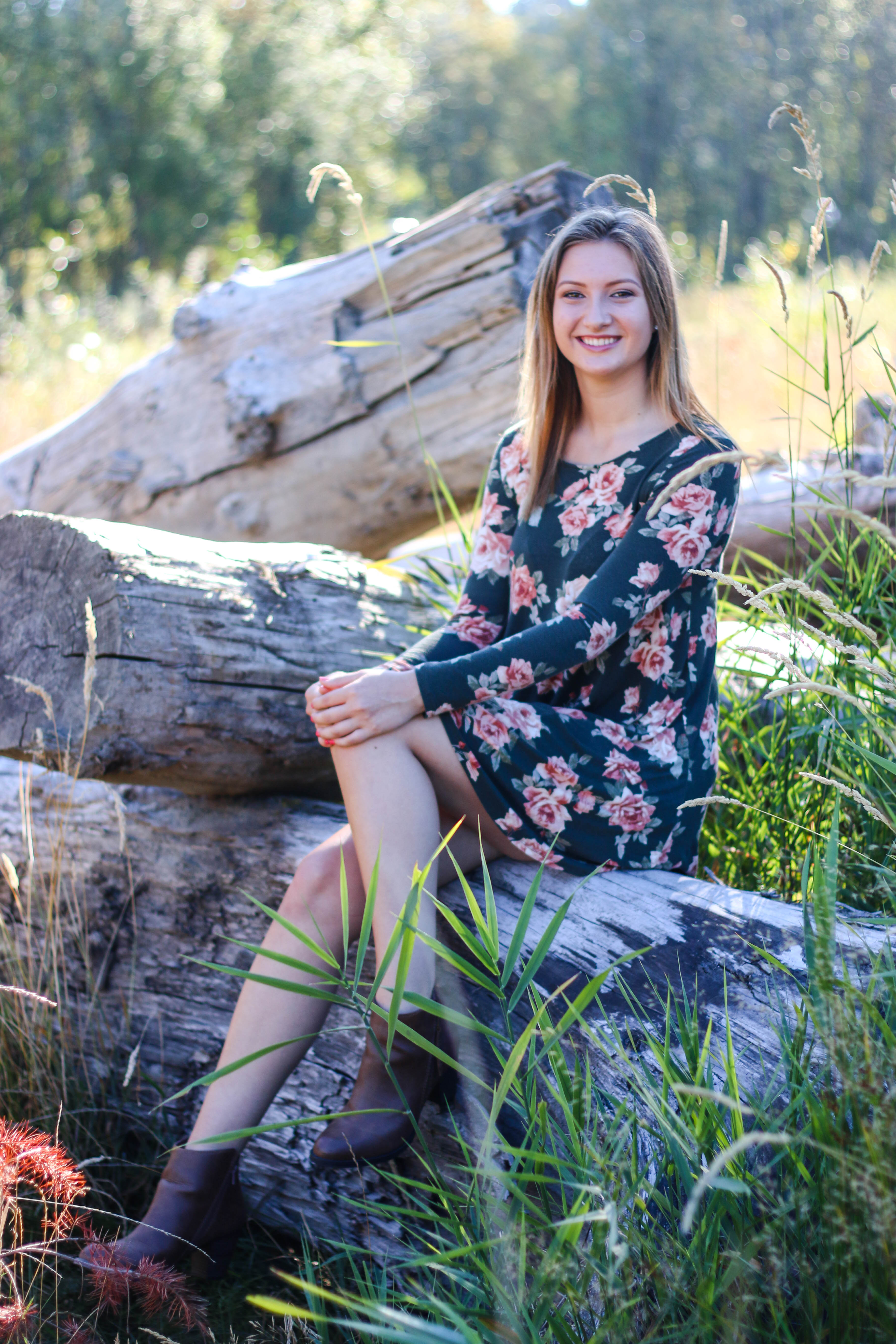- Canon Community
- Discussions & Help
- Camera
- EF & RF Lenses
- Re: Portrait lens help?
- Subscribe to RSS Feed
- Mark Topic as New
- Mark Topic as Read
- Float this Topic for Current User
- Bookmark
- Subscribe
- Mute
- Printer Friendly Page
Portrait lens help?
- Mark as New
- Bookmark
- Subscribe
- Mute
- Subscribe to RSS Feed
- Permalink
- Report Inappropriate Content
10-03-2016 04:35 PM
I'm looking for a portrait lens (I know there is no "specific" lens that is for portraits only but just one that will be good). I am looking to do all types of portrait work (head, full body, etc)
I currently have a Canon 70D & Canon 50mm 1.8
I was really interested in the Canon 135 f/2 but I'm afraid it'll be too long on my cropped body, any opinions? I also like the 85mm 1.2 or the 70-200mm 2.8 but I just don't know! I'm trying to spend under $1000 on a used lens. ANy sugestions or advice would be much appreciated! 🙂
Attached are some photos I've done with my nifty-fifty:
- Mark as New
- Bookmark
- Subscribe
- Mute
- Subscribe to RSS Feed
- Permalink
- Report Inappropriate Content
10-14-2016 01:07 PM
Blocky blades or too few blades vs. 8 or 9 curved blades will mess up bokeh for sure, except if you are shooting wide open when it doesn't matter because the blades are fully retracted and not in the shot. My old nifty fifty with the 5 flat blades made ugly distracting pentagons out of all the bokeh balls but wide open they were at least nice and round. Not necessarily great bokeh, but perfectly round.
Of of course you can't shoot wide open all the time. Can be too bright in the daylight even at max shutter speed, and way too little depth of field for a lot of shots.
Canon 5d mk 4, Canon 6D, EF 70-200mm L f/2.8 IS mk2; EF 16-35 f/2.8 L mk. III; Sigma 35mm f/1.4 "Art" EF 100mm f/2.8L Macro; EF 85mm f/1.8; EF 1.4x extender mk. 3; EF 24-105 f/4 L; EF-S 17-55mm f/2.8 IS; 3x Phottix Mitros+ speedlites
Why do so many people say "FER-tographer"? Do they take "fertographs"?
- Mark as New
- Bookmark
- Subscribe
- Mute
- Subscribe to RSS Feed
- Permalink
- Report Inappropriate Content
10-16-2016 10:16 AM
When the EF 50mm f/1.8 II is wide open the aperture blades are fully retracted and it has a nice bokeh. Stopped down and the straight aperture blades impact the quality of the bokeh. The EF 50mm f/1.8 STM has more aperture blades and the are curved so it's bokeh is far superior.
- Mark as New
- Bookmark
- Subscribe
- Mute
- Subscribe to RSS Feed
- Permalink
- Report Inappropriate Content
10-16-2016 11:14 AM
All lenses used wide open, provided the aperture blades fully retract, some don't, show circular out of focus points in the center of the image. However, not all lenses have good bokeh. You do get the uniform circular defocused area shooting wide open but the defraction is still there and the other aberrations. This is what causes the onion effect. The lighter ring appearing on the outside of circular highlights.
Bokeh is noticed more on bright points of light but it is actually present on all OOF objects. Just less noticeable.
Another type of blur known is called Gaussian blur. Ideally this is what you would like. It is a more smooth consistent transition from focus to OOF. This is what really makes for good bokeh.
EOS 1D, EOS 1D MK IIn, EOS 1D MK III, EOS 1Ds MK III, EOS 1D MK IV and EOS 1DX and many lenses.
- « Previous
- Next »
- « Previous
- Next »
11/20/2025: New firmware updates are available.
EOS R6 Mark III - Version 1.0.1
EOS R5 Mark II - Version 1.2.0
PowerShot G7 X Mark III - Version 1.4.0
PowerShot SX740 HS - Version 1.0.2
10/21/2025: Service Notice: To Users of the Compact Digital Camera PowerShot V1
10/15/2025: New firmware updates are available.
Speedlite EL-5 - Version 1.2.0
Speedlite EL-1 - Version 1.1.0
Speedlite Transmitter ST-E10 - Version 1.2.0
07/28/2025: Notice of Free Repair Service for the Mirrorless Camera EOS R50 (Black)
07/24/2025: New firmware updates are available.
07/23/2025: New firmware updates are available.
7/17/2025: New firmware updates are available.
05/21/2025: New firmware update available for EOS C500 Mark II - Version 1.1.5.1
02/20/2025: New firmware updates are available.
RF70-200mm F2.8 L IS USM Z - Version 1.0.6
RF24-105mm F2.8 L IS USM Z - Version 1.0.9
RF100-300mm F2.8 L IS USM - Version 1.0.8
RF50mm F1.4 L VCM - Version 1.0.2
RF24mm F1.4 L VCM - Version 1.0.3
01/22/2024: Canon Supports Disaster Relief Efforts in California
01/14/2025: Steps to resolve still image problem when using certain SanDisk SD cards with the Canon EOS R5 Mark II
- Difference in images in EOS DSLR & Mirrorless Cameras
- No Vignetting Fix for Powershot V1 in CR3/Raw? in Point & Shoot Digital Cameras
- Canon R5 Mark ii + RF 600mm F4 L IS USM switching to manual focus in EOS DSLR & Mirrorless Cameras
- Camera Connect app stripping exposure info from EOS 80D RAW files in Camera Software
- Need Advice on Improving Autofocus Performance on My Canon Setup in EOS DSLR & Mirrorless Cameras
Canon U.S.A Inc. All Rights Reserved. Reproduction in whole or part without permission is prohibited.





